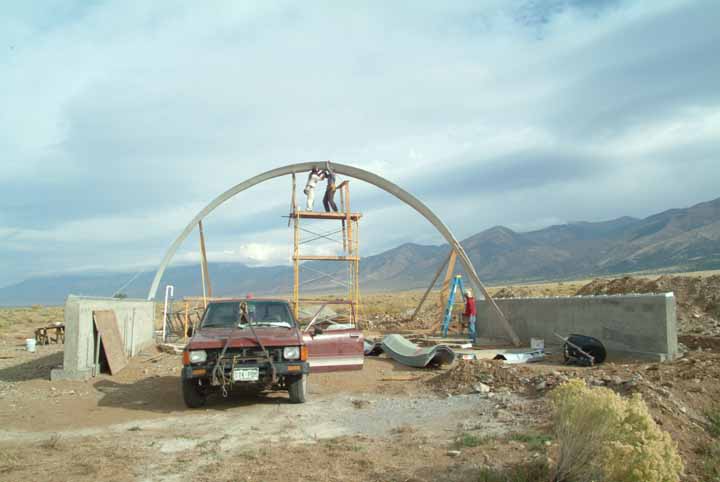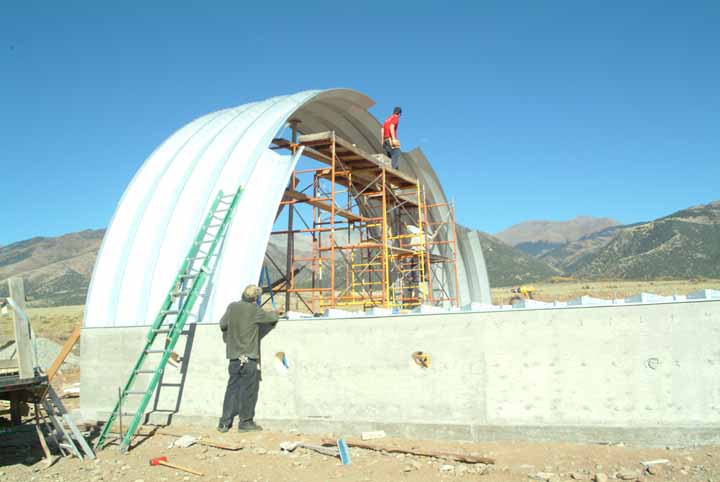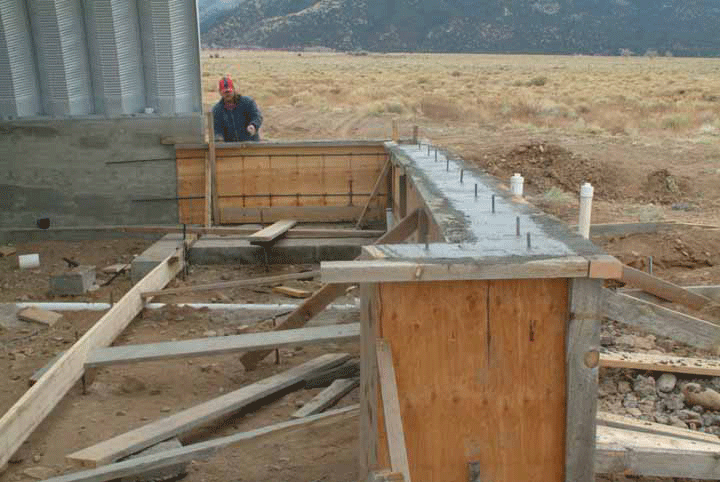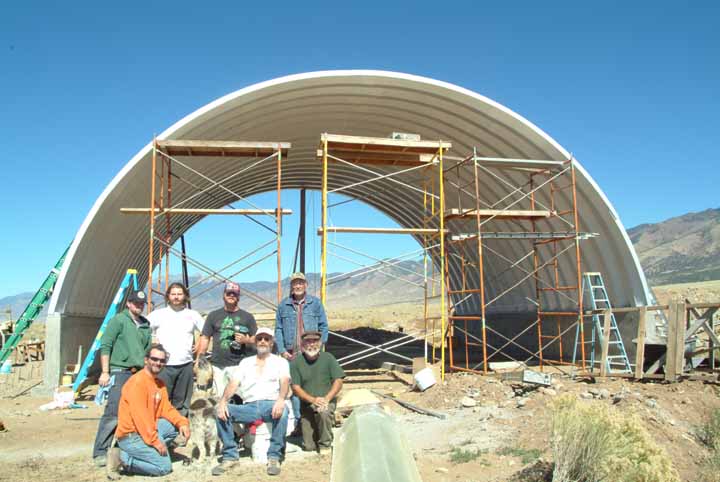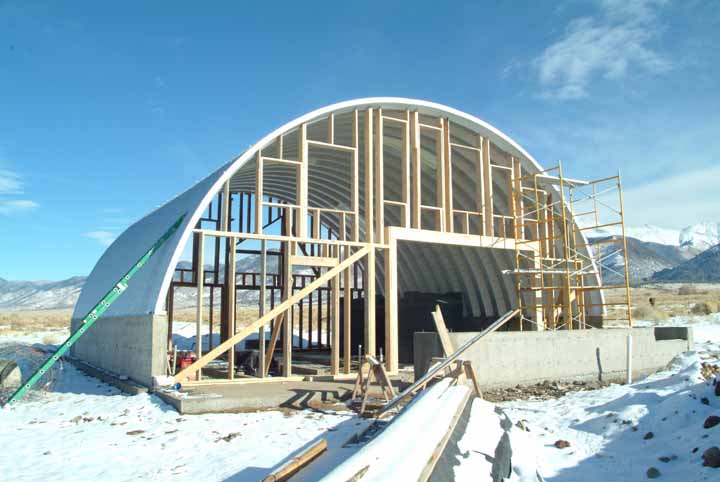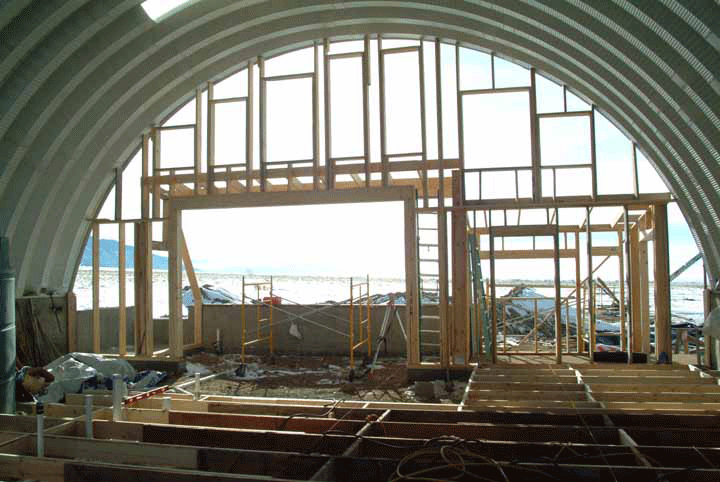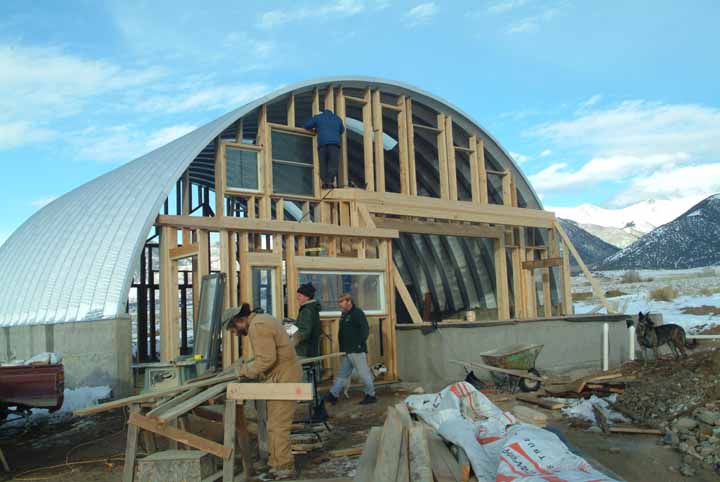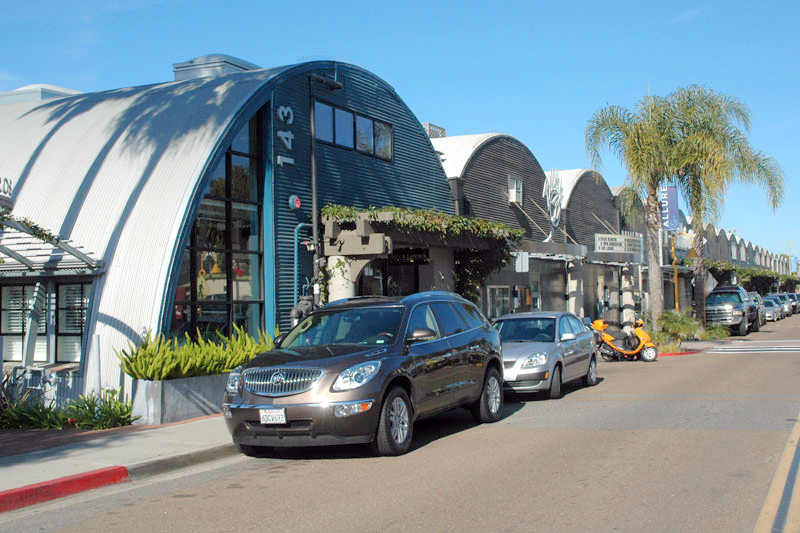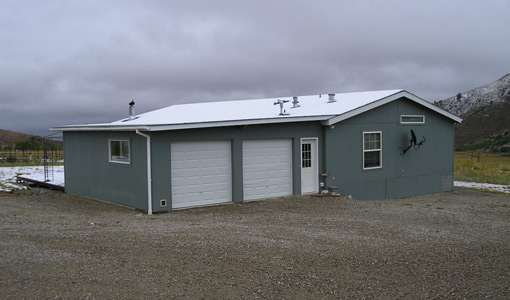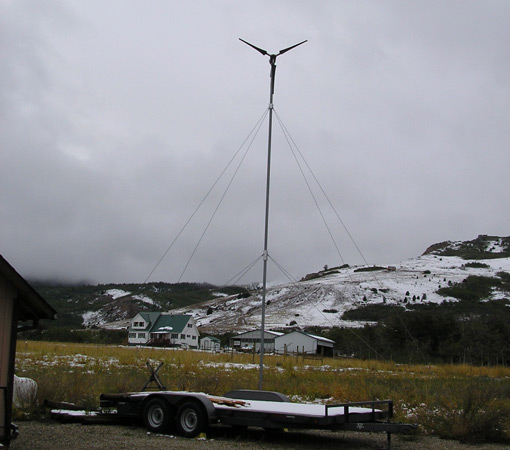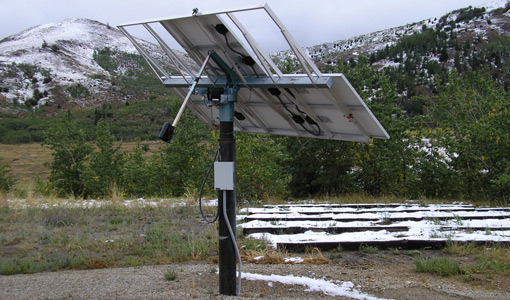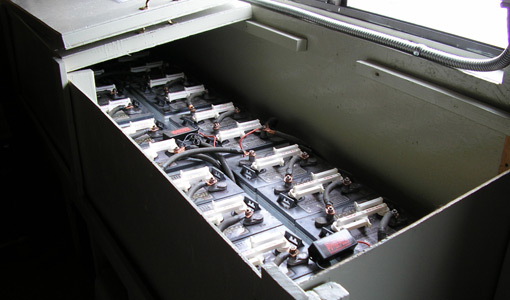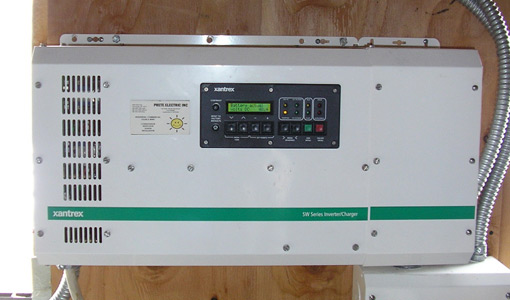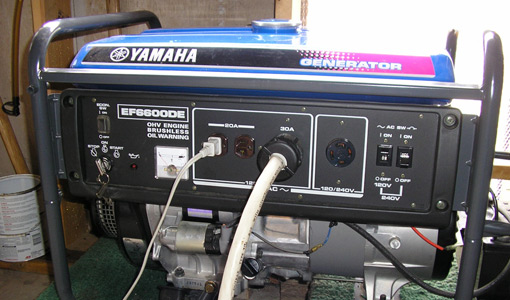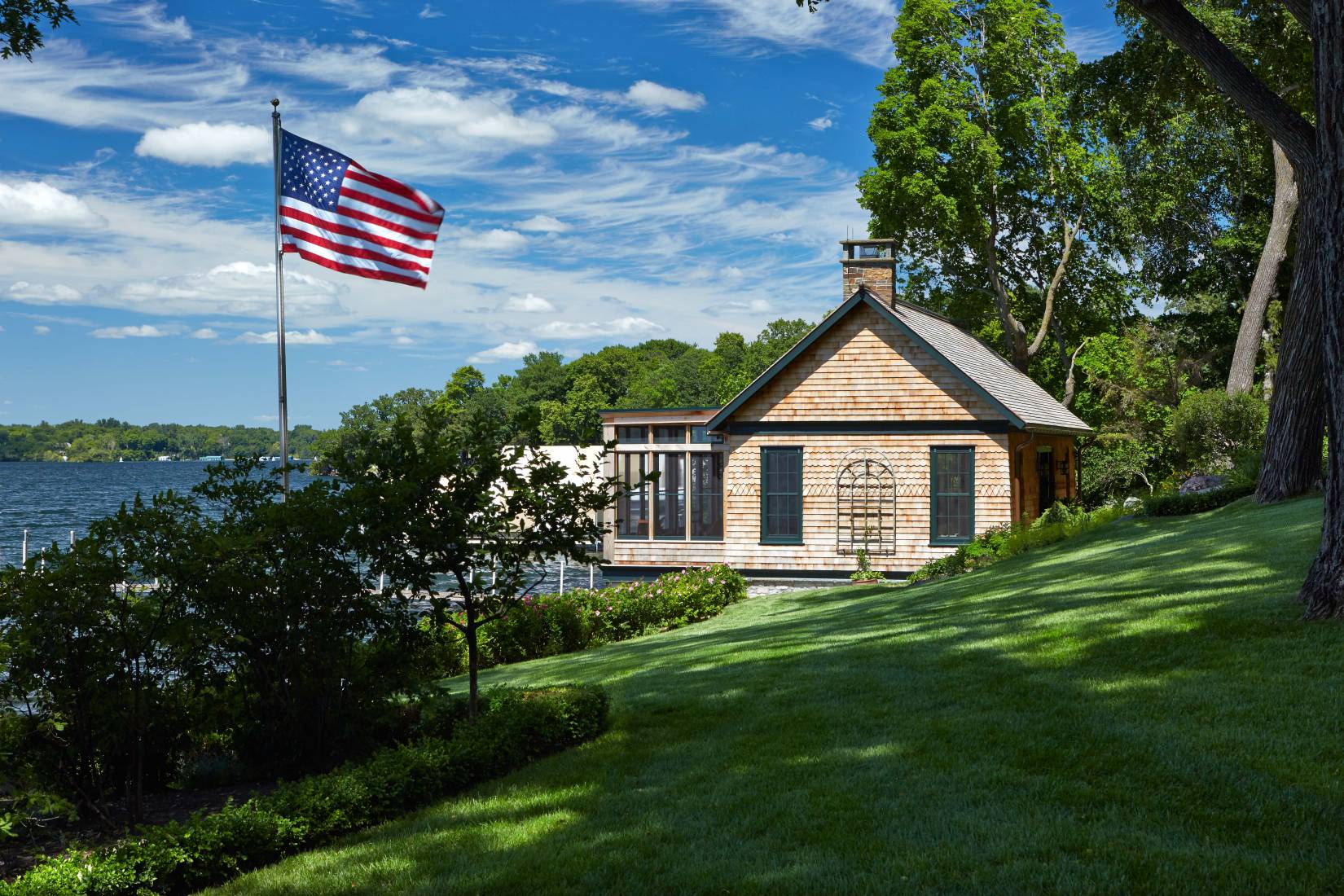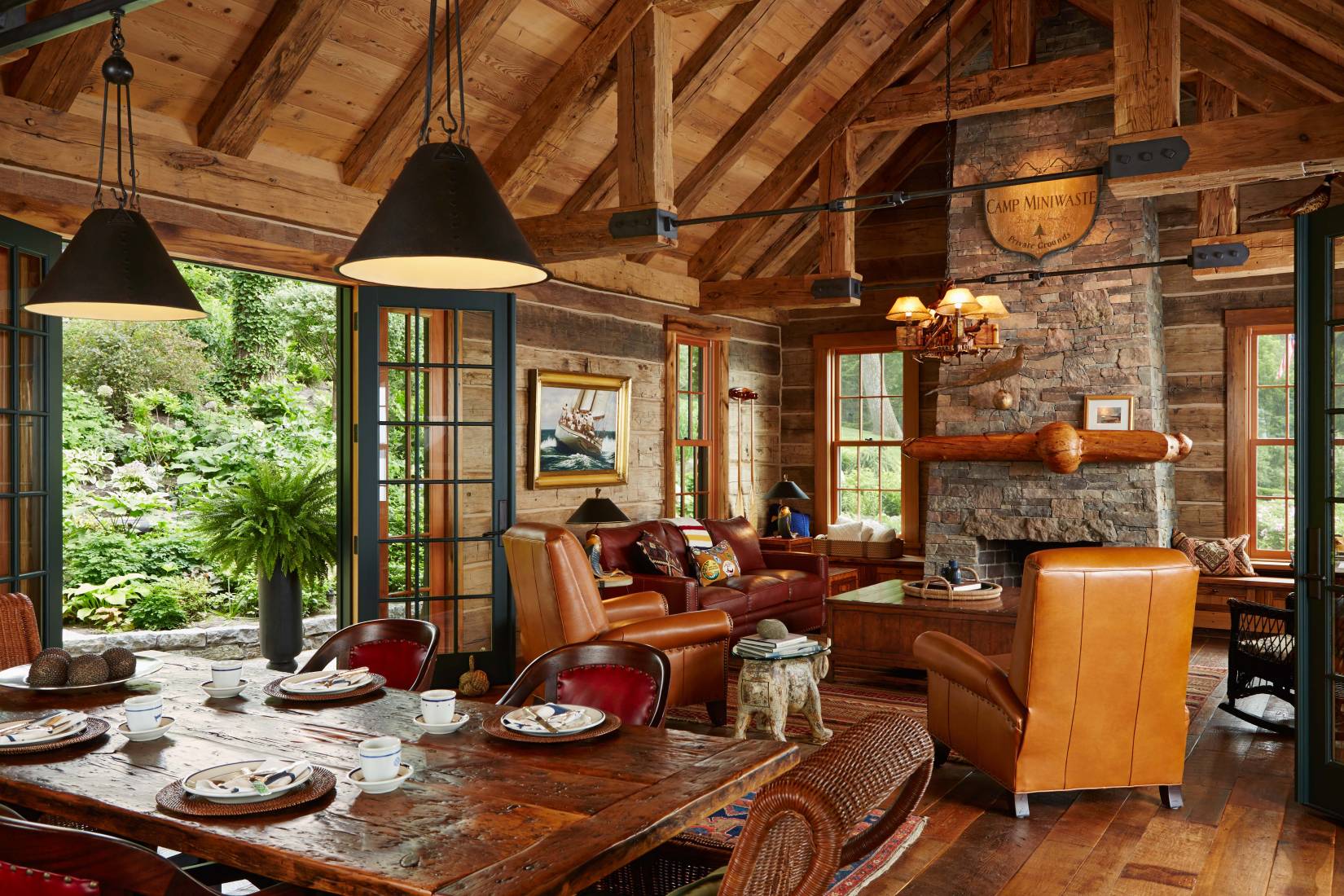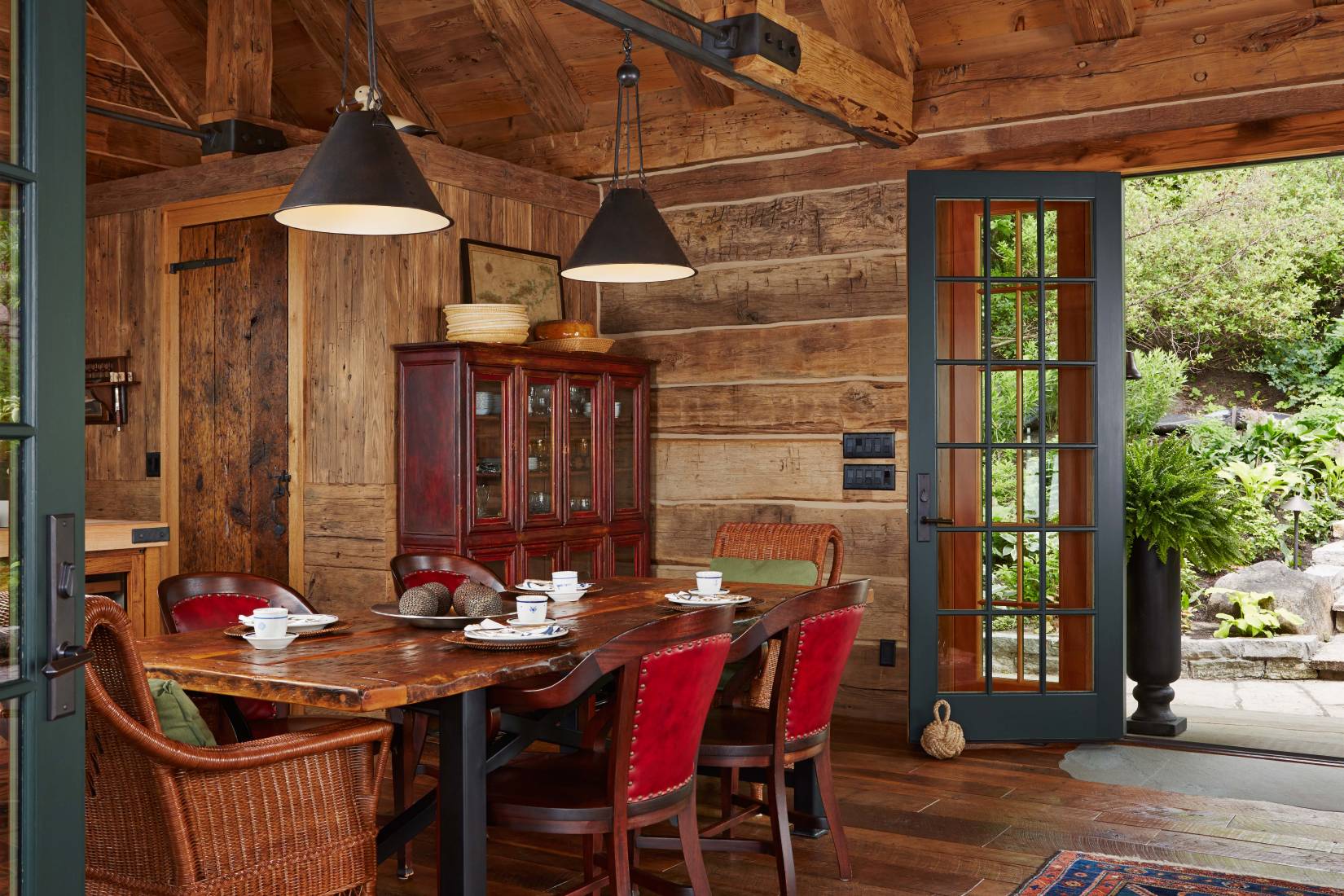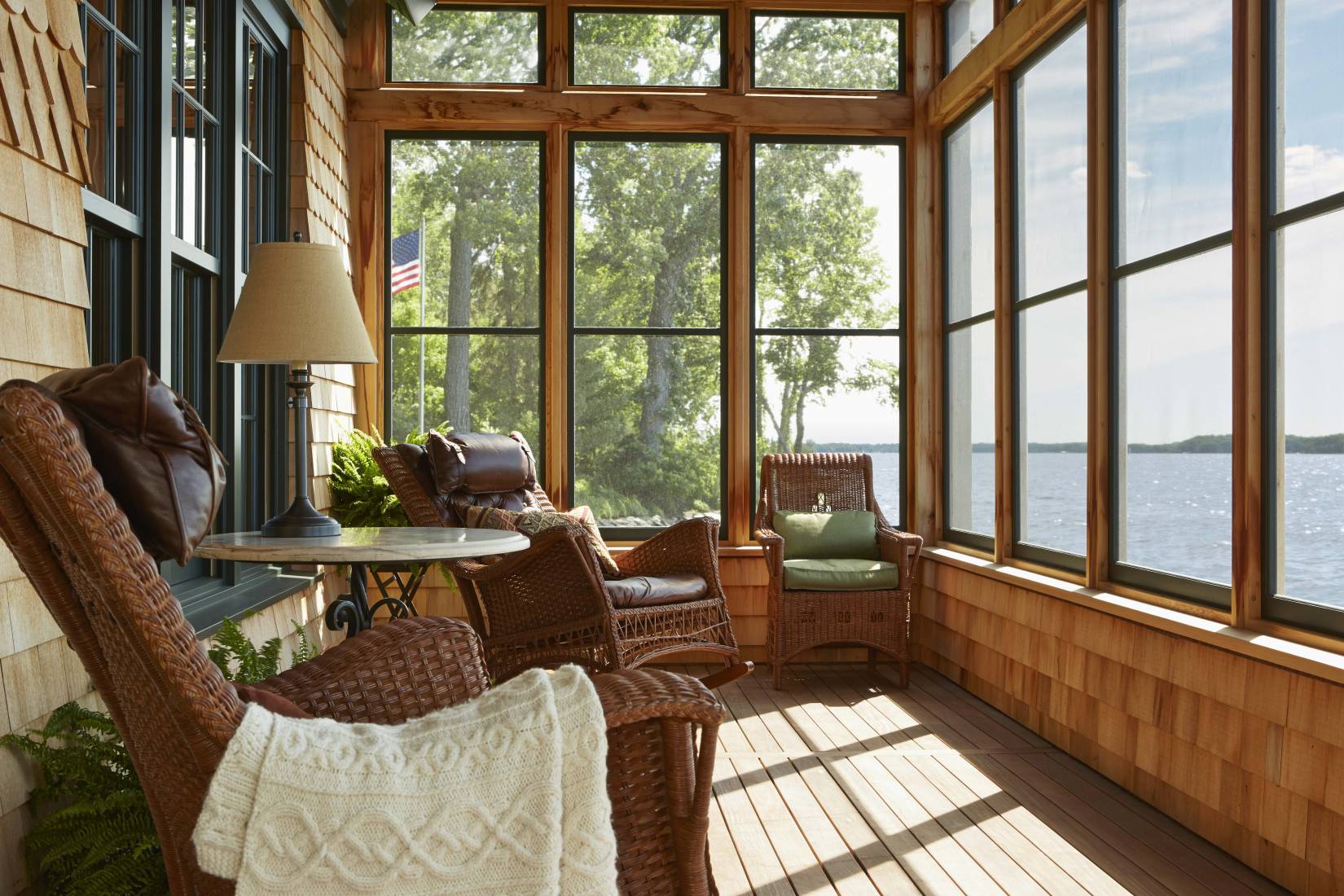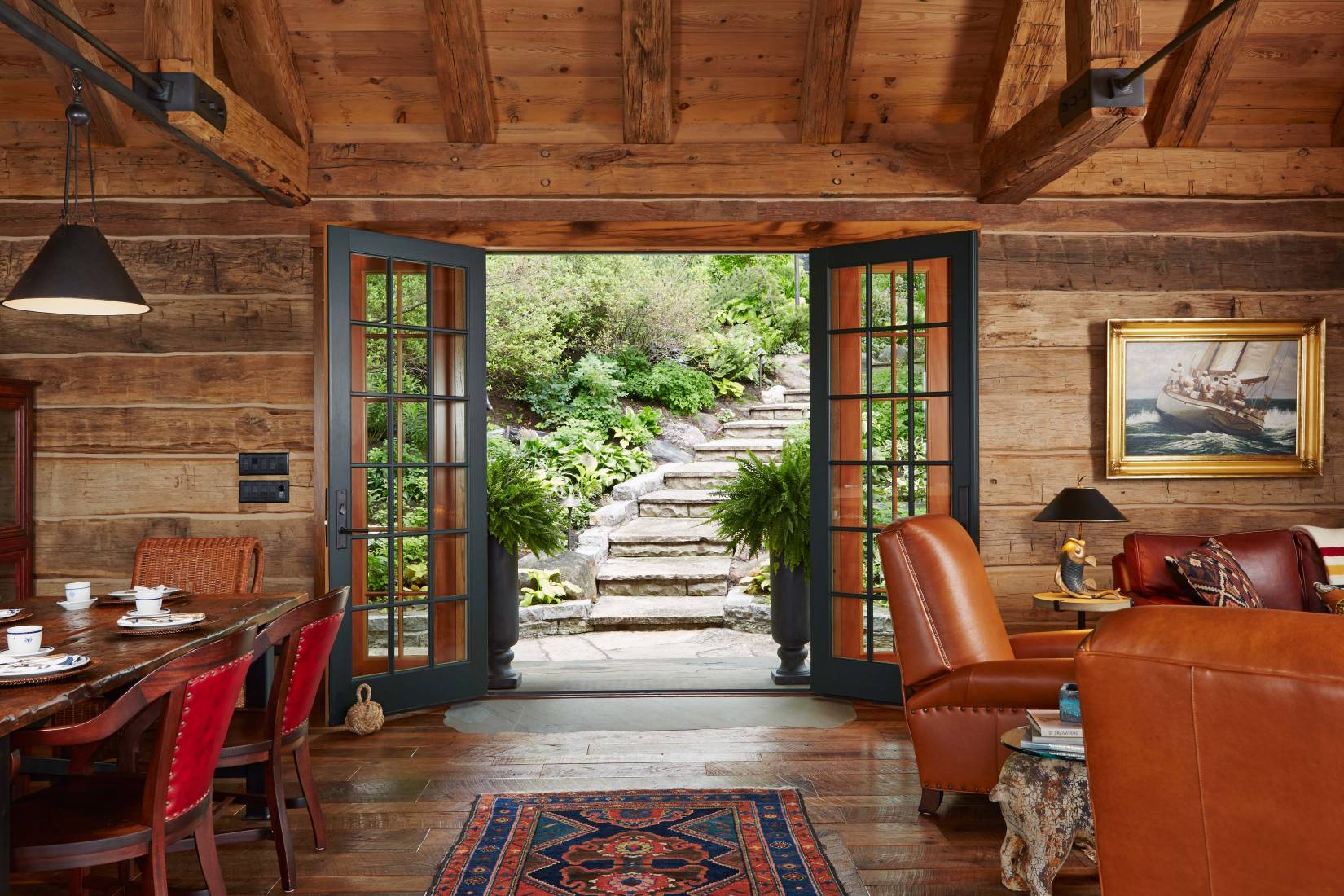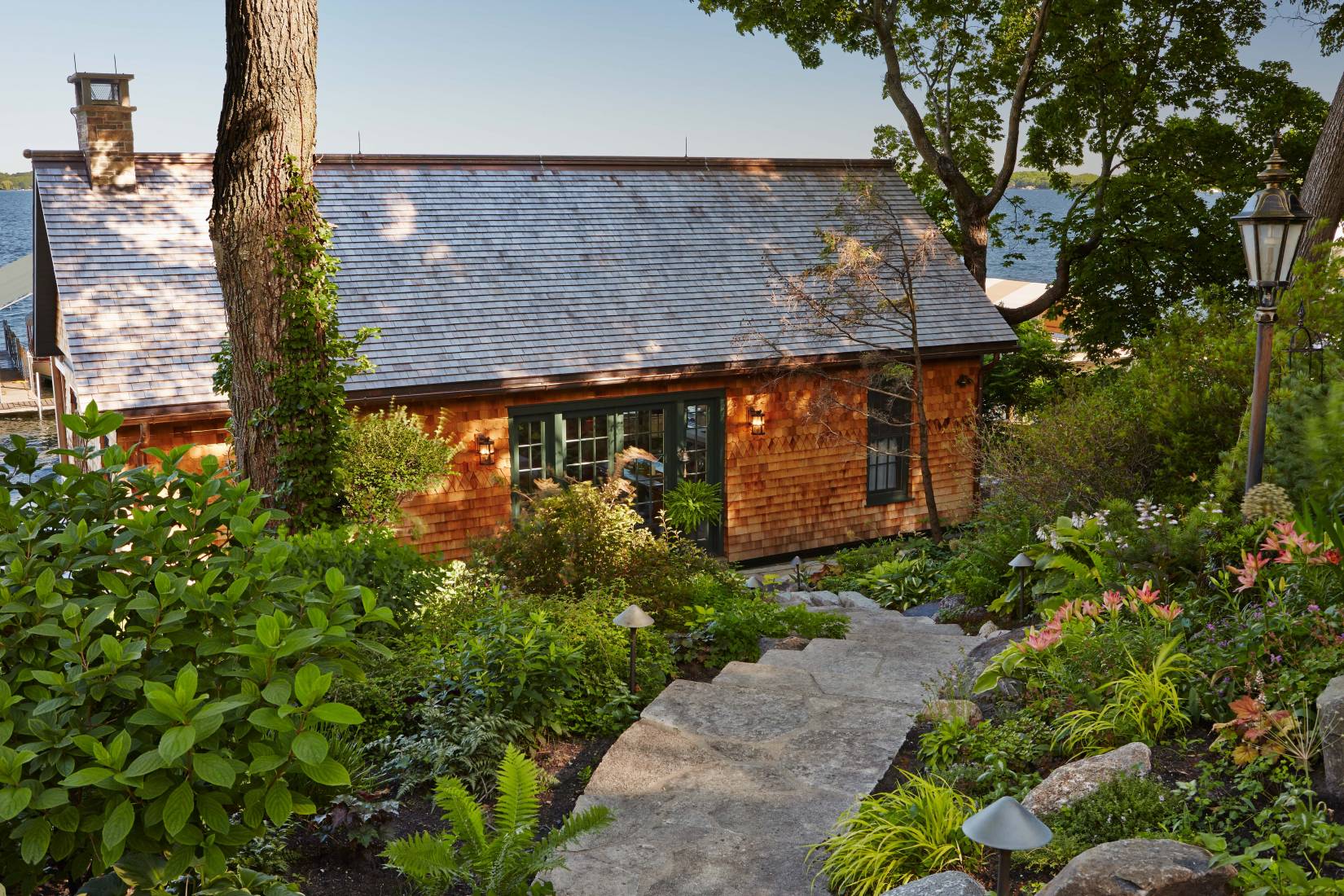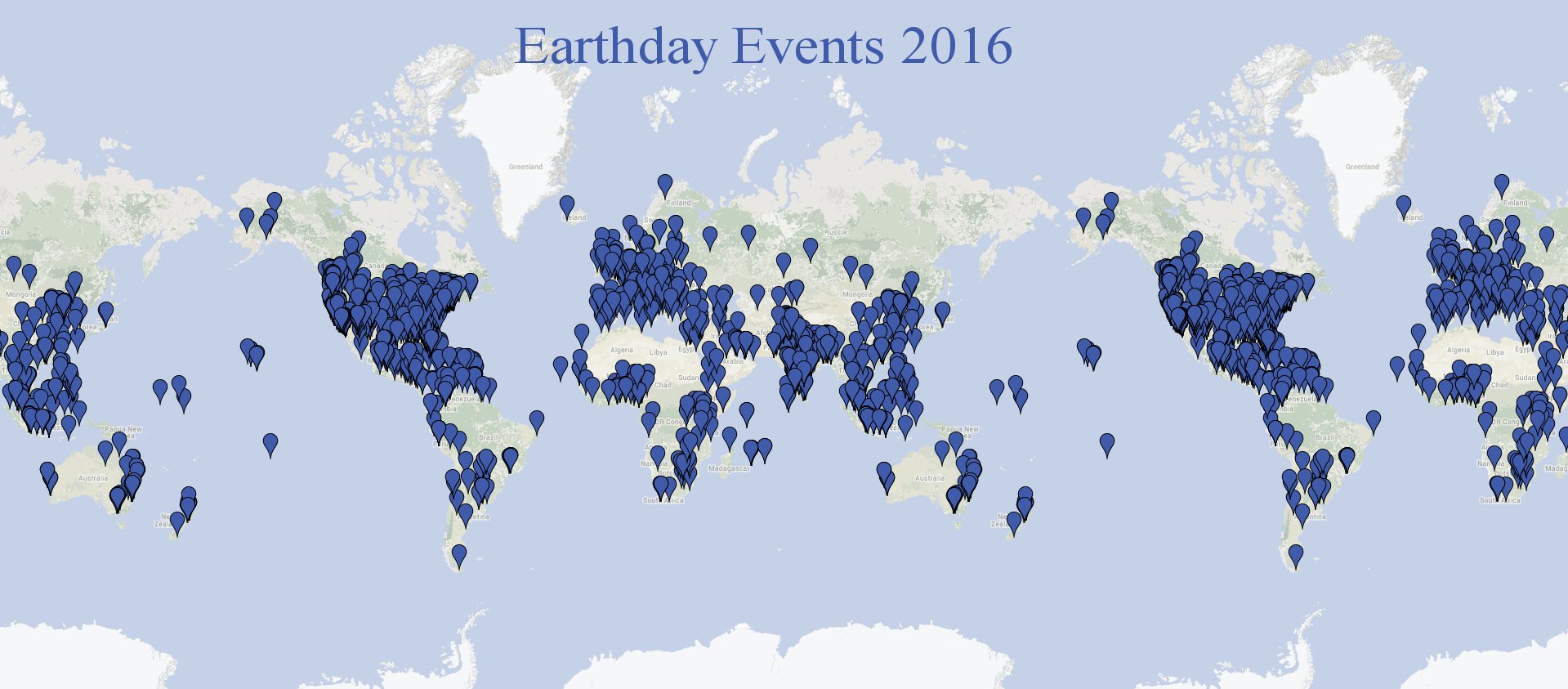
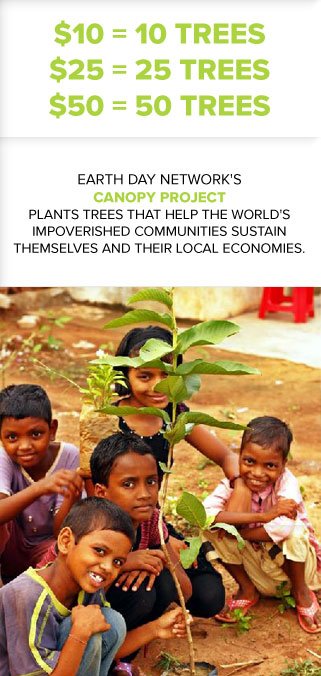 The movement continues!
The movement continues!
We are now entering the 46th year of a movement that continues to inspire, challenge ideas, ignite passion, and motivate people to action.
In 1970, the year of our first Earth Day, the movement gave voice to an emerging consciousness, channeling human energy toward environmental issues. Forty-six years later, we continue to lead with groundbreaking ideas and by the power of our example.
And so it begins. Today. Right here and right now. Earth Day is more than just a single day — April 22, 2016. It’s bigger than attending a rally and taking a stand.
This Earth Day and beyond, let’s make big stuff happen. Let’s plant 7.8 billion trees for the Earth. Let’s divest from fossil fuels and make cities 100% renewable. Let’s take the momentum from the Paris Climate Summit and build on it.
Let’s start now. And let’s not stop.
Whether you believe if climate change is real or not, trees reverse the impacts of land degradation. They provide food, energy, and income. Trees help communities achieve long-term economic and environmental sustainability. They filter the air and help stave off the effects of climate change both globally and locally. They are a natural, resilient, and long-lasting safety buffer to extreme weather events such as hurricanes, floods, and blizzards. And the longer the trees/forests grow and stay in place, the more powerful these protections become.
Earth Day Network works on the ground with organizations worldwide that strengthen communities through conservation. Using sapling and seed distribution, urban forestry, agroforestry, and tree care training, we have empowered rural and urban people alike to conserve, repair, and restore tree cover to their lands. We have already planted millions of trees on six different continents. You can help us continue this important work.
Click here if you prefer to donate through PayPal.
Find out more about Earth Day by clicking on this link!
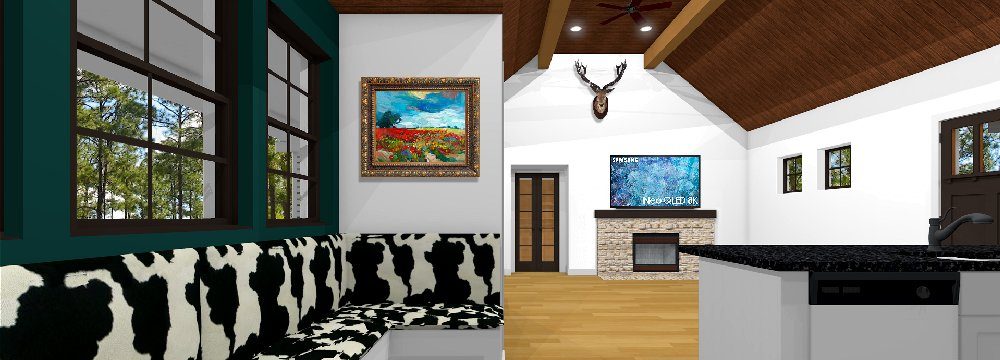


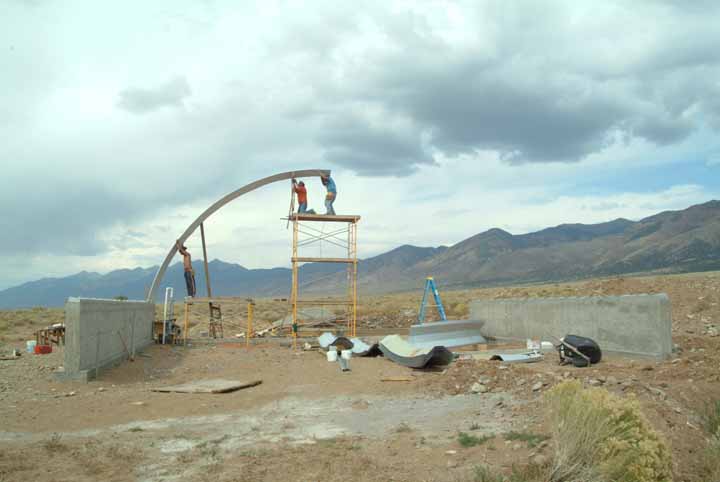 The design of the Quonset hut was based on the Nissen hut which is founded by the British during the First World War for military who need safe, economical and dependable storage space.
The design of the Quonset hut was based on the Nissen hut which is founded by the British during the First World War for military who need safe, economical and dependable storage space.